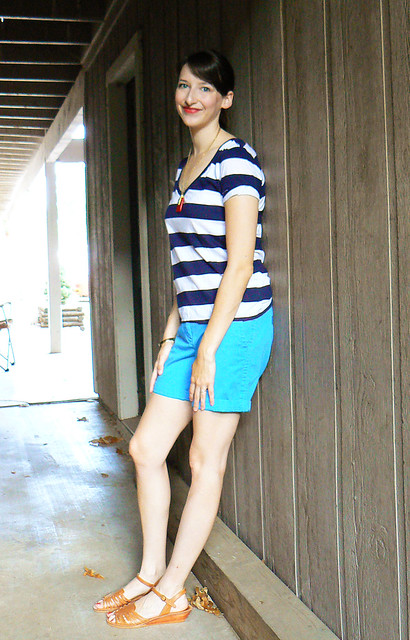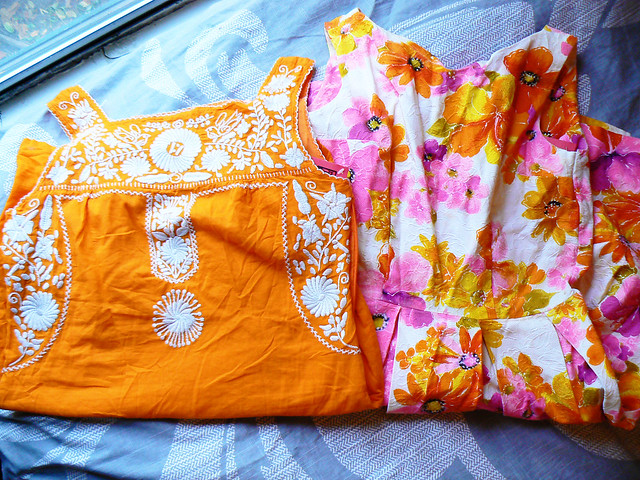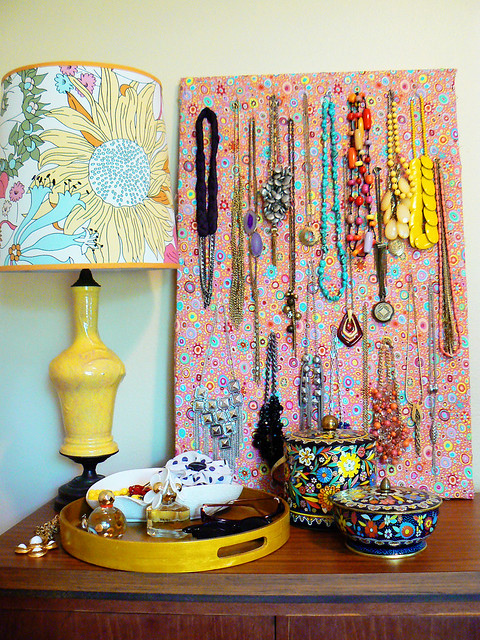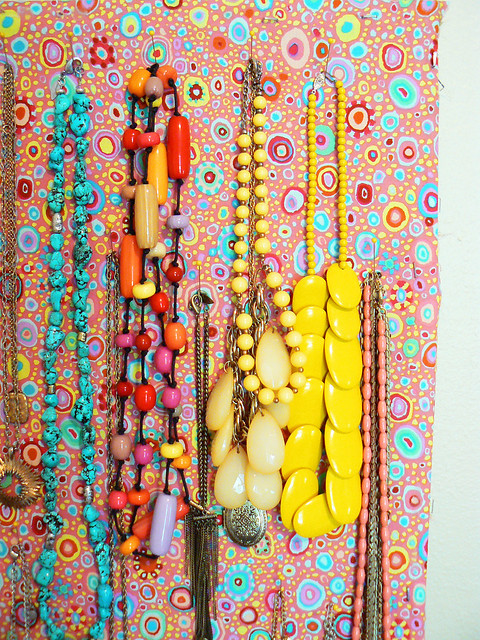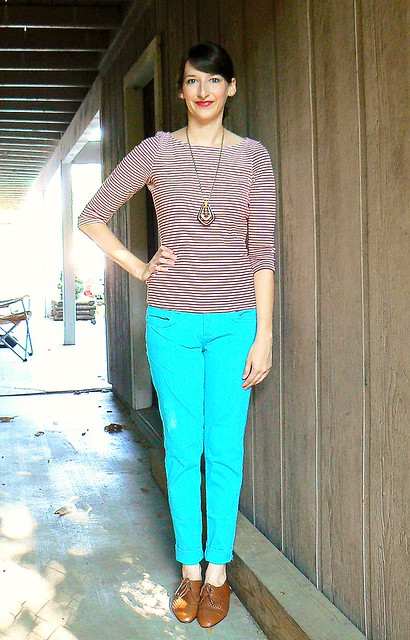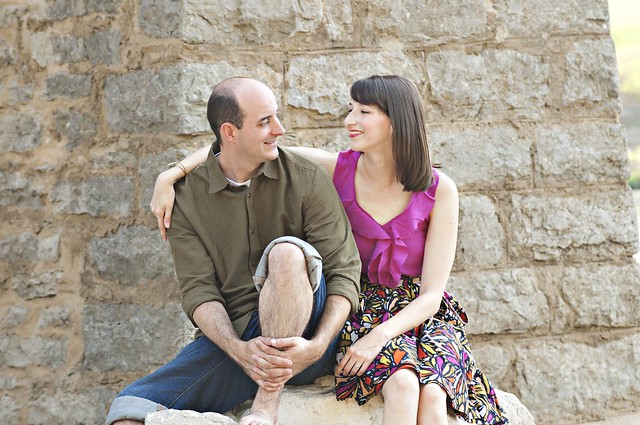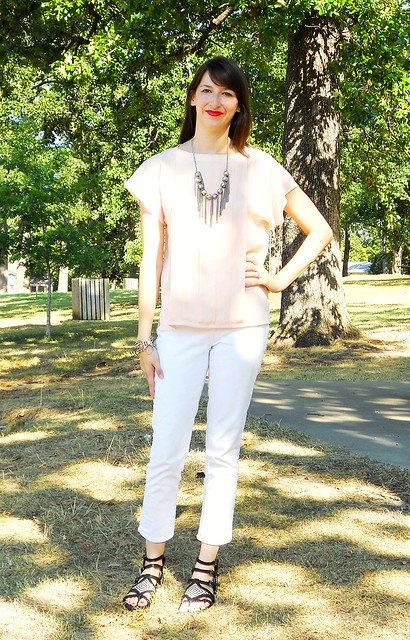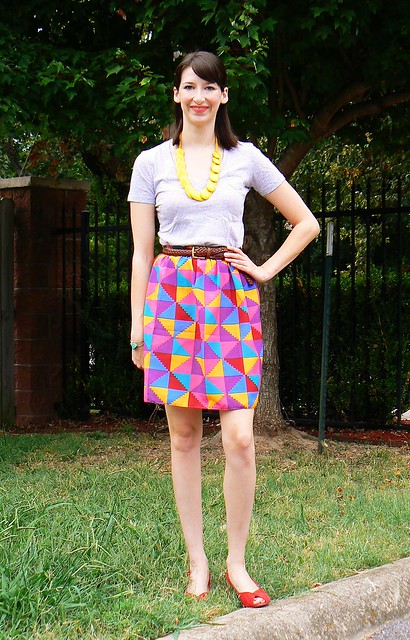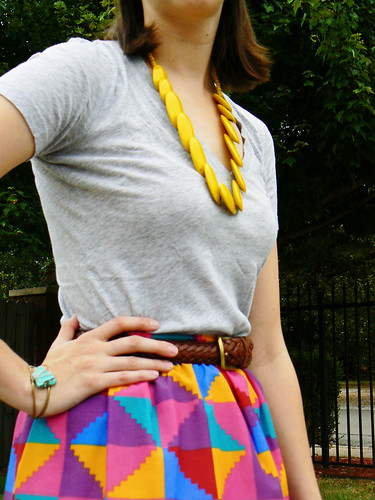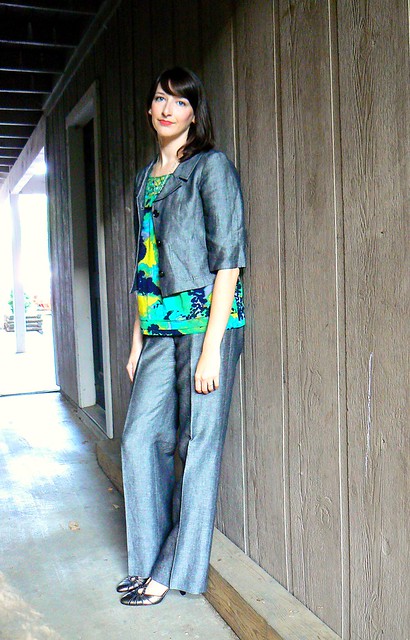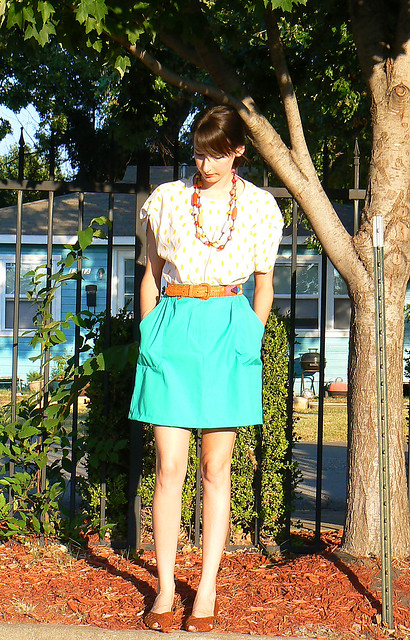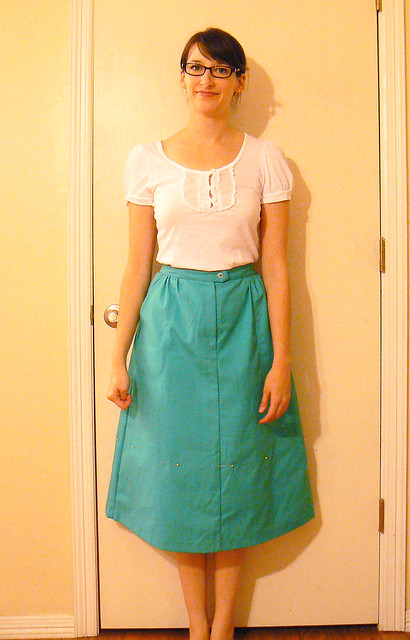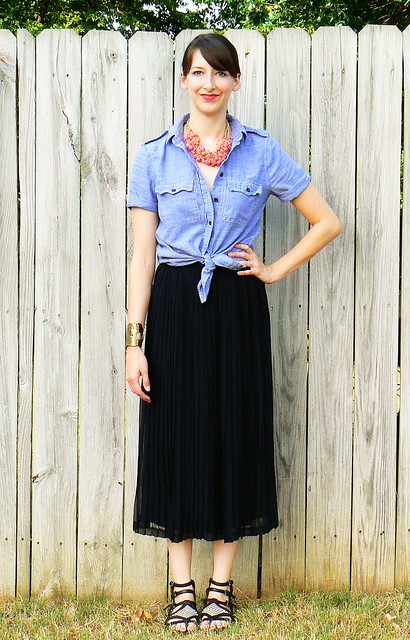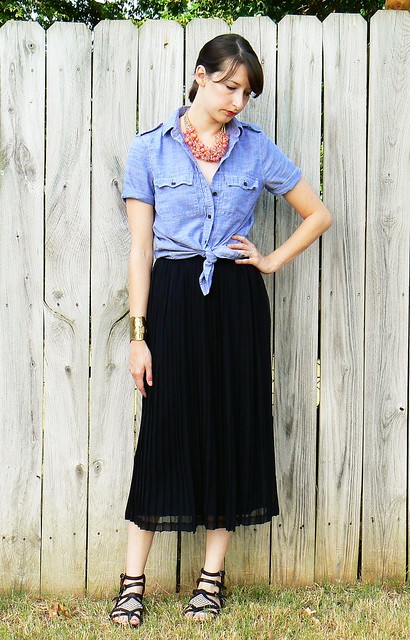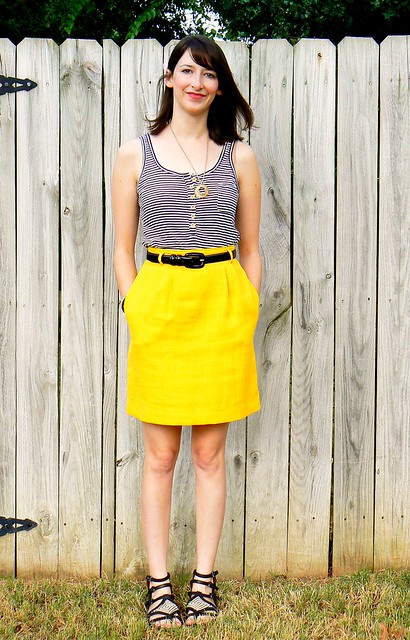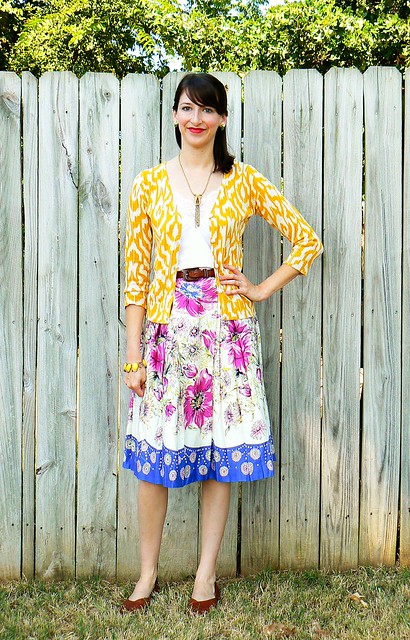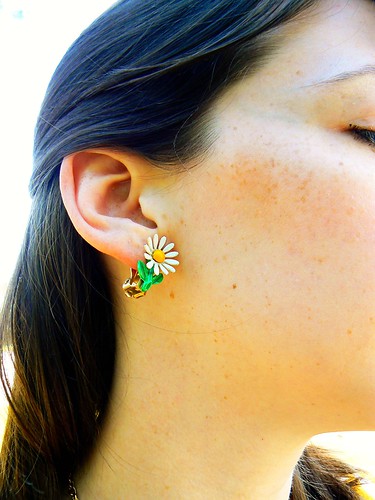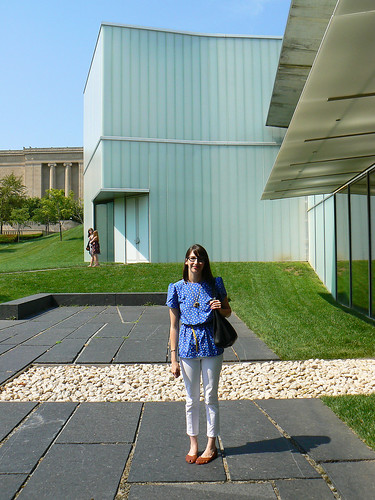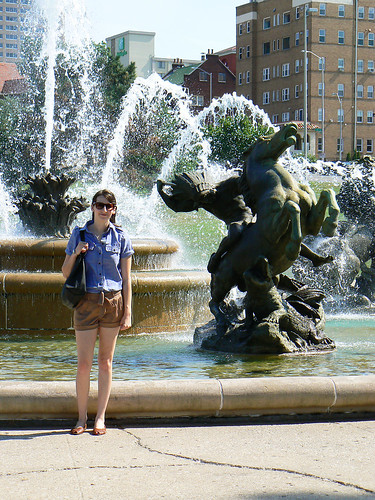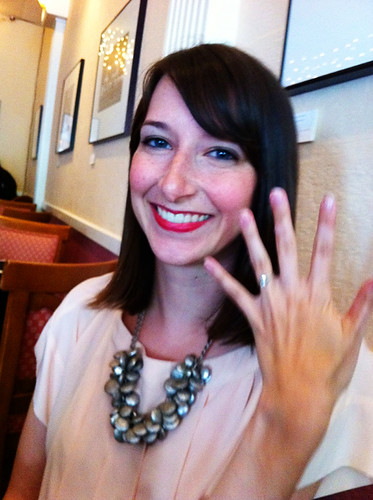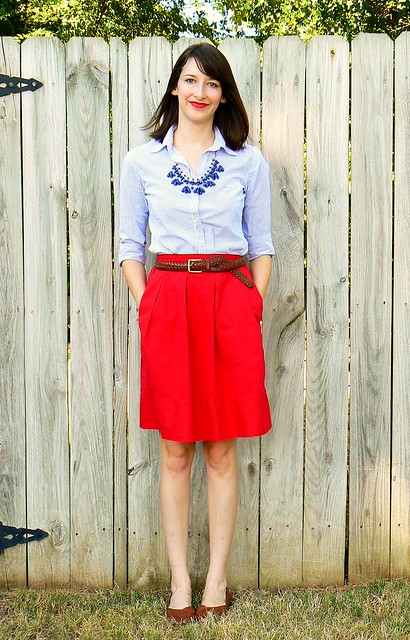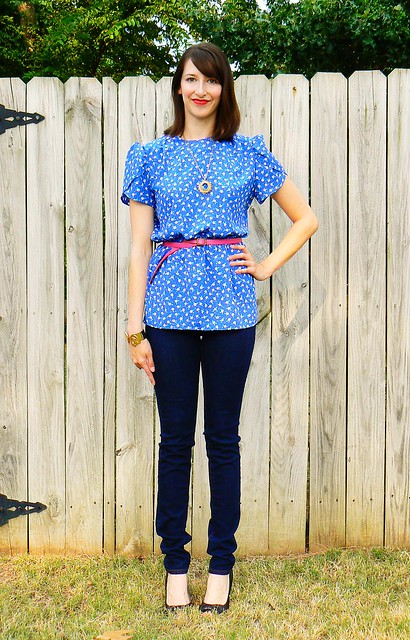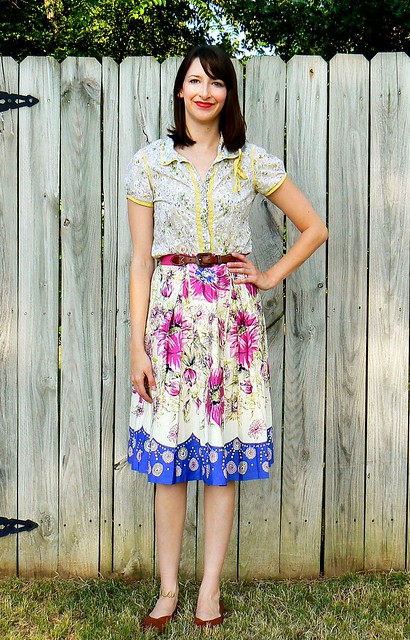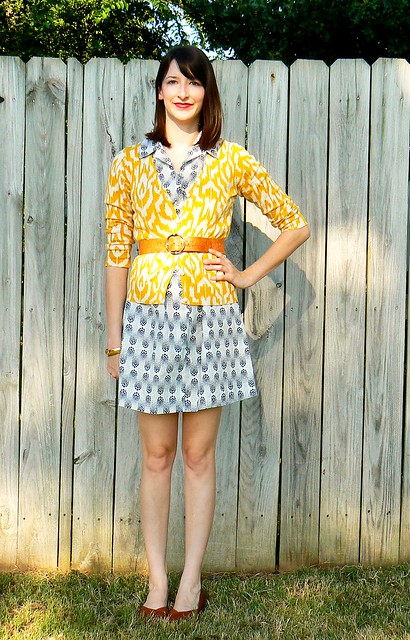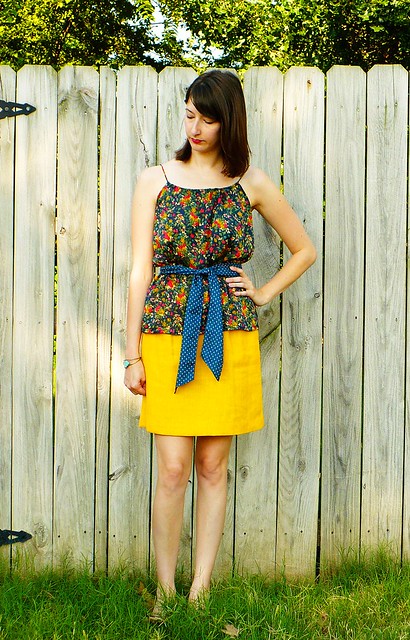Prevailing fashion thought has long held the belief that a pattern should be mixed with a solid neutral. Below is a list of "traditional" neutrals.
- Black
- White
- Grey
- Navy
- Cream
- Khaki
- Olive
- Brown
As most bloggers know, it is now acceptable to mix two different patterns. The difficult part, however, is to mix in a way that looks intentional and not like you got dressed in the dark.
Pattern Mixing - Identify Pattern Categories.
All patterns can be divided into two general categories, neutral patterns and color based patterns. A neutral pattern is a fairly simple pattern in a traditional neutral color (see above). Below is a list of what I consider neutral patterns.
- Stripes
- Polka Dots
- Checks
- Pinstripes
- Window Panes
- Lace
- Some Animal Prints
- Any print in a single, neutral color

The color based patterns would encompass any pattern involving one or more colors. Color patterns are generally busier than neutral patterns, therefore, more challenging to mix. Below is my list of color patterns.
- Florals
- Geometrics
- Plaids
- Paisley
- Ethnic (Ikat, Batik, Tie Dye, Etc.)
- Artistic (Brush Stroke, Abstract, Etc.)
- Any pattern from first list in a non-neutral color (Red Stripe, Purple Polka Dot, Etc.)

General Mixing Guidelines.
Pattern mixing is both an art and a science. The science part is the easiest to impart. It deals with scale, proportion, complimentary and contrasting colors, etc. The art of pattern mixing is much more subjective. It must be developed through experience. You can develop your eye by studying other bloggers whose mixing skills you admire and by experimenting with your own closet. I lay pieces together on my bed and ask myself. Do those two pieces look totally wacky together or do they have a certain harmony with each other? Pattern Mixing can be daunting so I have set up a 5 step program to make you a mixing pro.
Pattern Mixing Step 1 - Two neutral patterns in similar colors and scales.
Pick two patterns off the neutral list that are similar in color and scale. It may help to pick two patterns with different background colors. Example: A white piece with a black pattern and a black piece with a white pattern.

Two smallish patterns in black and white. Pattern on left has slightly more white space than pattern on right.
 Two smallish patterns in navy and cream. Pattern on left has more cream while pattern on right has more navy.
Two smallish patterns in navy and cream. Pattern on left has more cream while pattern on right has more navy.
Pattern Mixing Step 2 - Similar colors, variety in scale.
Pick two patterns from the neutral list. This time make them similar in color, but vary the scale. Example: two patterns in navy and cream.

Two patterns in navy. One a small dot, the other a large floral.

Large stripe with dots.
Pattern Mixing Step 3 - Neutral pattern + color pattern.
We are taking it up a notch. This time pick one piece from the neutral list, best to keep the pattern simple (think small dot or stripe) and add a color pattern (think floral). You still want to think generally about matching the color, might be strange to have a navy stripe with a black outlined floral, but you never know it could work. That’s where the art comes in.

Small scale neutral pattern with larger scale colored pattern.

Neutral small scale pattern, larger scale colored pattern. Both in blues.

Neutral pattern with color pattern. Both feature black.
Pattern Mixing Step 4 - Two color patterns in similar colors.
Pick two colored pattern that share a similar color. At this point it is easiest if one pattern is on the simple side (simple pattern, one color) and the other is more complex, but contains the color of the first piece (think red stripe shirt with red based plaid skirt).

Varying scales with common color (purple).

Varying scales with common color (yellow).
Pattern Mixing Step 5 - Two multi-colored patterns.
The final, most complex step of pattern mixing. At this point you should choose two multi-colored prints. The key to making this work is to pick patterns with varying scale and at least one similar color (Think small scale floral blouse, large scale floral skirt, both have elements of yellow).

Two multi-colored prints, fuchsia in common.

Two multi-color prints. Vary in scale.
Finishing Touches.
There are several additional steps that you can take to make your pattern mixed outfit more coherent. I would suggest a belt to separate a patterned top from a patterned bottom. Also think about adding in some neutral pieces. A patterned blouse and a patterned bottom might be perfectly balanced with a neutral jacket or cardigan.
From here the possibilities are only limited by your imagination and your bravery. Remember that your pattern pieces can come in a number of combinations. Patterned blouse with patterned jacket or cardigan. Patterned blouse with patterned bottom. Patterned cardigan with patterned bottom. You could even go crazy and do three patterns at once or experiment with patterned accessories.
Good luck with your pattern mixing. If you make an outfit based on this post, please let me know. I'm planning on putting together a roundup of pattern mixed outfits. Be sure to let me know which step you're on.
Finally, I'm going to leave you with an example of me wearing each step.
